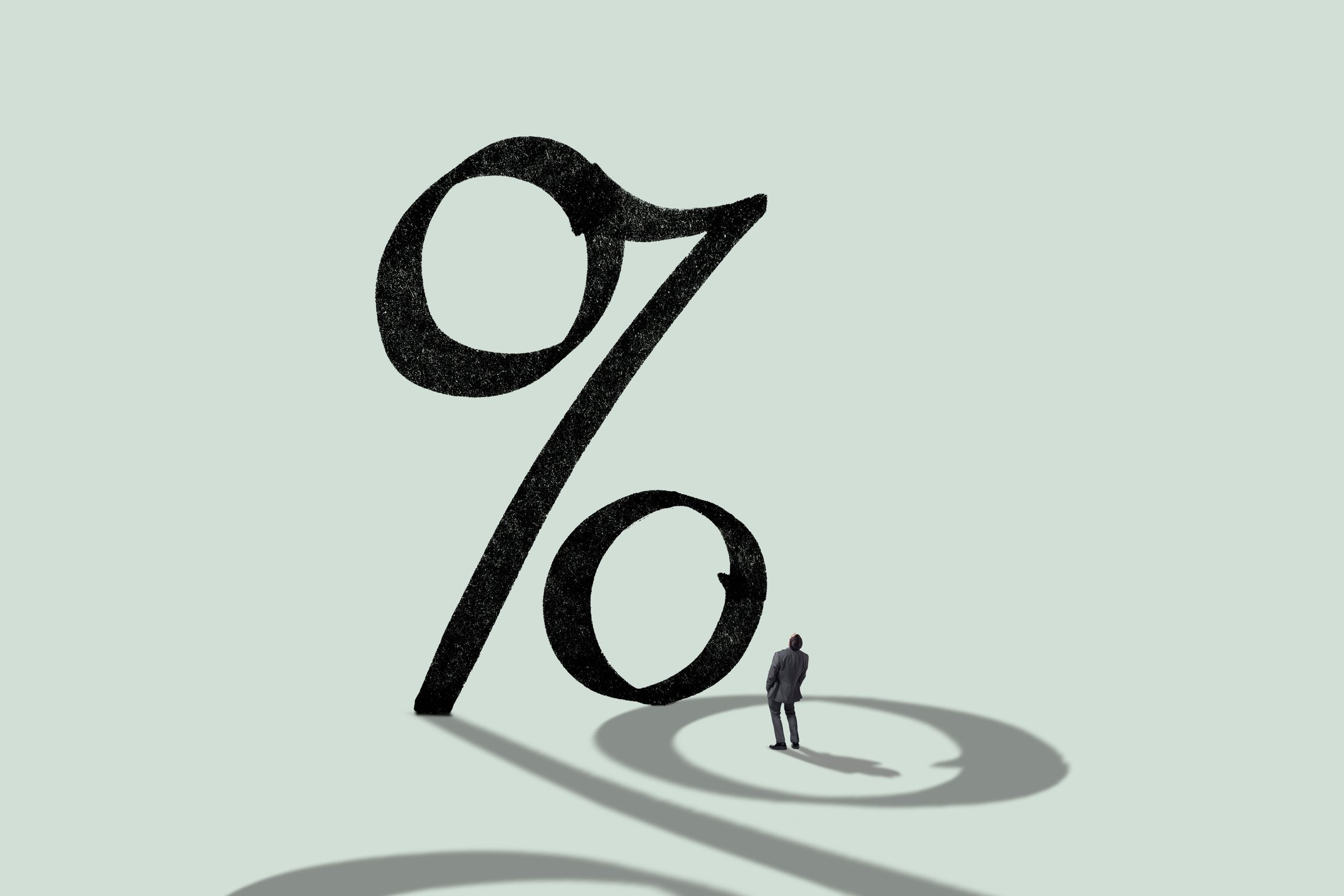The stock market can be a great mechanism for compounding wealth over time. It can also be a useful tool for generating passive income for retirement or to help accomplish financial goals.
Energy Transfer (ET +0.18%), Clearway Energy (CWEN 0.06%), and Starbucks (SBUX +0.85%) continue to grow their dividends each year -- giving investors a progressively larger passive income stream. By investing $3,000 into each stock, you can expect to earn over $500 in passive income per year, and likely even more so long as these three companies continue boosting their payouts.
Here's why all three dividend stocks are worth buying now.

Image source: Getty Images.
A 7.7%-yielding energy infrastructure heavyweight
Lee Samaha (Energy Transfer): If you believe that America's energy future is bright, then energy infrastructure company Energy Transfer is an excellent stock for you. Its 7.7% dividend yield doesn't hurt either. In its domestic market, the company helps support increasing demand for power in the U.S. as it plays catch-up on years of underinvestment in the electricity grid.
On a topical note, CEO Marshall McCrea expects to make some "significant announcements" in the coming weeks regarding providing gas to ultimately power data centers. In addition, the underlying revenue driver comes from the current administration's determination to encourage domestic energy production -- a desire that dovetails with Energy Transfer's aggressive expansion in recent years.

NYSE: ET
Key Data Points
Moreover, the midstream energy infrastructure company is committed to growing internationally to help meet demand for liquid petroleum gas products (LPG) and natural gas liquids (NGL). One potential catalyst for growth comes from an impending final investment decision on a major liquefied natural gas (LNG) export terminal project in Lake Charles in Louisiana.
Again, this project fits in with the Trump administration's plans to export LNG, and it's worth noting that even China has lifted tariffs on ethane from the U.S. This clearly demonstrates that the U.S. is a powerful player in energy. If oil and gas production in the U.S. doesn't slow down, then Energy Transfer's aggressive expansion program will pay off significantly.
Clearway Energy is an ultra-high-yield dividend stock that's available on the cheap
Scott Levine (Clearway Energy): With oil prices down more than 20% over the past year, investors have cast a more wary eye on many oil and gas dividend stocks. Green energy companies like Clearway Energy, though, haven't received the same skepticism. The stock has jumped about 11% year to date. Income investors searching for powerful additions to their holdings will want to consider Clearway Energy stock and its 6.1% forward-yielding dividend -- especially since it's hanging on the discount rack.
With a clean energy portfolio totaling 11.8 gigawatts (GW) of capacity, Clearway Energy operates numerous assets -- like solar power, wind power, and battery storage -- in 26 states. The allure for dividend investors is that the company is not subject to the whims of oil prices -- a dynamic that those skittish about volatility in energy prices will appreciate. Instead, the company signs long-term power purchase agreements with customers; consequently, management gains strong insights into future cash flows.

NYSE: ET
Key Data Points
In late April, for example, the company inked a 20-year purchase agreement with Microsoft for power produced at a West Virginia wind farm. The improved perspective on future finances specifically helps with planning for capital expenditures like the development of growth projects, infrastructure upgrades, and dividends.
Those still circumspect about Clearway Energy's ultra-high-yield dividend can find further reassurance in the fact that the company's dividend payments are covered by its cash available for distribution (CAFD). In 2024, the $334 million in dividends paid represented 79% of the company's $334 million in CAFD.
The stock is priced at 4.7 times operating cash flow -- a discount to its five-year average cash-flow multiple of 5.2 -- making it a great consideration today for income investors.
Starbucks presents a compelling passive income opportunity for patient investors
Daniel Foelber (Starbucks): When Starbucks first started paying a dividend in 2010, the payout was the cherry on top of a strong underlying growth story. That's similar to how growth stocks like Meta Platforms and Alphabet began paying dividends last year, but the yield is small and the investment thesis doesn't center around the quarterly payout.
Starbucks has raised its dividend every year since 2010, but the business and its stock price have struggled lately. As a result, the stock's yield is now knocking on the door of 3% -- which is high-yield territory.
SBUX Dividend Yield data by YCharts
There are plenty of valid reasons why some investors have lost patience with Starbucks. In August, the company brought in a new CEO, Brian Niccol, with an excellent track record of delivering results at Chipotle Mexican Grill. But Niccol's turnaround plan at Starbucks is already facing hiccups. And it won't be any easier if the economy enters a recession or there's a prolonged period of tariffs. Starbucks has a global supply chain, and its second biggest market is in China. So it is fairly exposed to tariff turmoil.
The broader indexes rallied in response to a 90-day pause on "reciprocal tariffs" between the U.S. and China. If the pause becomes a permanent resolution, Starbucks could massively benefit.
Regardless of trade tension changes, there's reason to believe Starbucks has sold off too far and too fast. The stock closed in February above $115 a share and is around $85 at the time of this writing. The results weren't great, but Starbucks is working to manage costs and improve performance at its existing stores rather than just opening new stores to boost sales.

NASDAQ: SBUX
Key Data Points
Starbucks's earnings have taken a massive hit, which is fairly normal when new management overhauls existing practices. It takes a lot of effort to steer a big ship in a new direction. And Starbucks' results, and its stock price, have suffered accordingly. However, long-term investors who care more about where a business will be three to five years from now than the coming quarters are getting a chance to scoop up Starbucks around multiyear lows.
Starbucks is worth a closer look for investors who believe in the power of its brand and don't mind what is likely to be a bumpy road ahead. And the 2.8% dividend yield provides an added incentive to hold the stock through this uncertain period.







